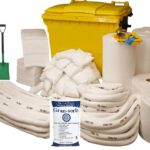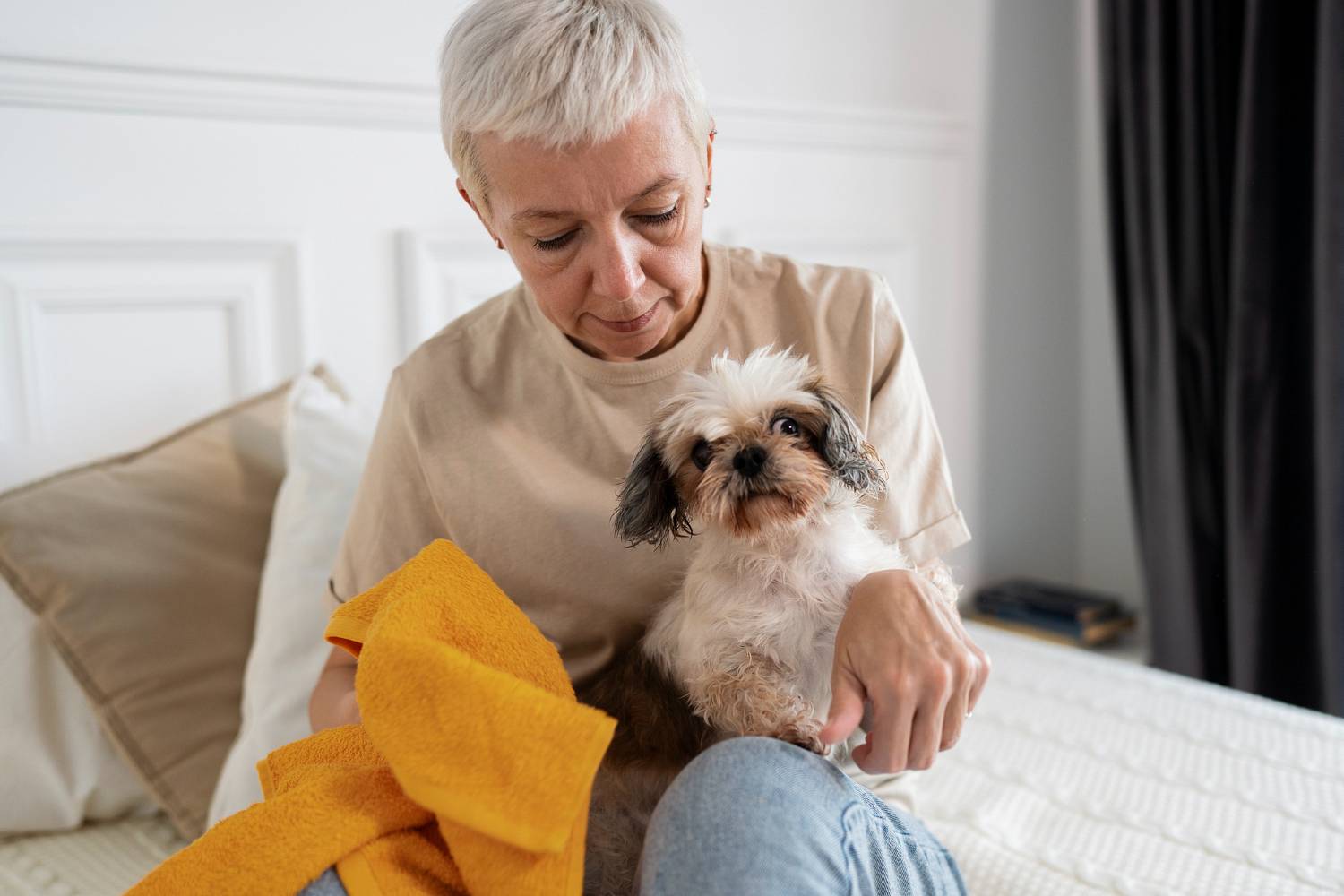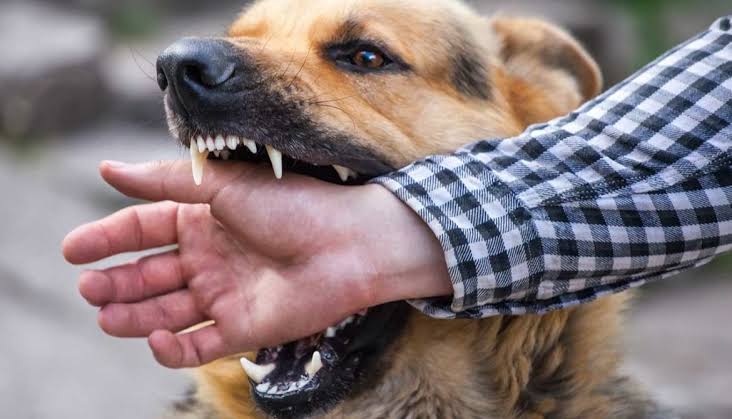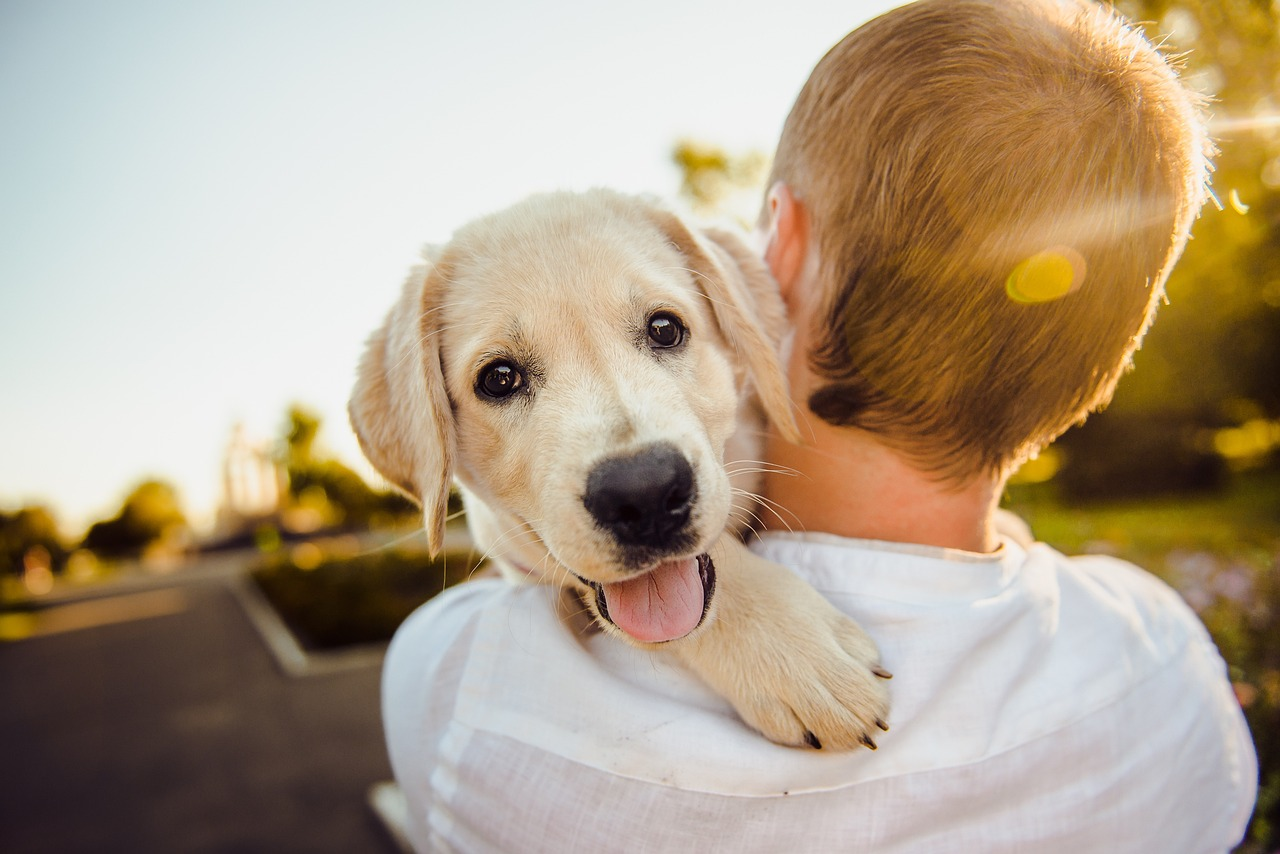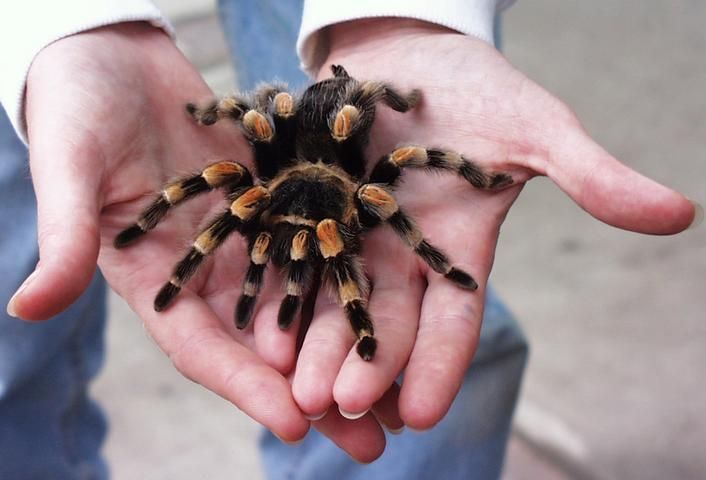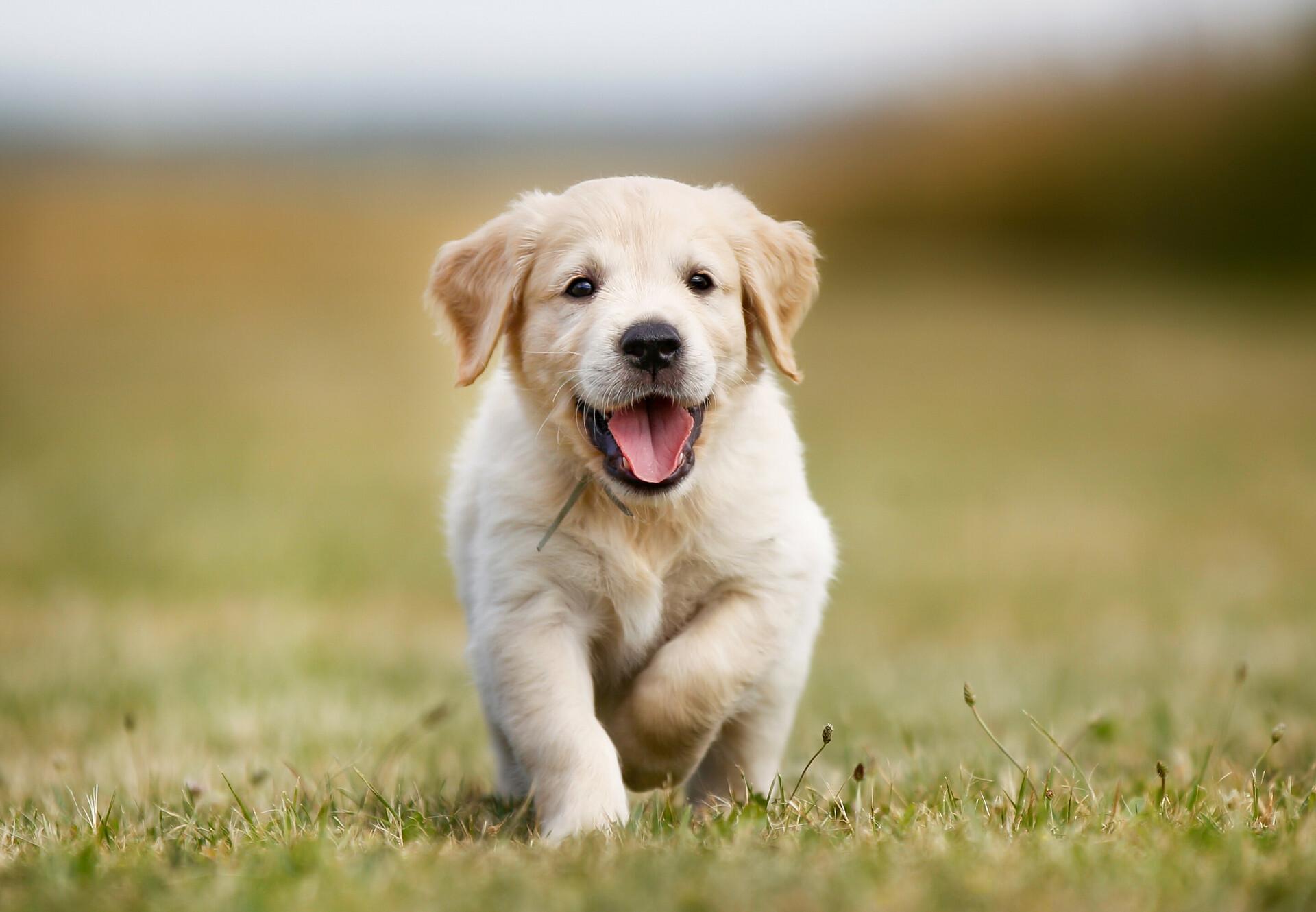Enrich your pet’s space with artful design that enhances comfort, visual stimulation, and well-being — combining style and function.
Enriching your pet’s daily life by introducing art into the spaces you share is more than decorative — it can genuinely affect their mood, sense of comfort, engagement, and overall well‑being. Pets, like people, are perceptive to their surroundings. Their emotional state and behavior respond to visual stimuli, textures, and shapes in the environment.
When you apply artistic touches designed for them — in styles, colors, configurations — you create a home that is both welcoming and mentally stimulating for both of you.
The visual environment: color, contrast, and perception
We tend to feel shifts in atmosphere as soon as we enter a well‑decorated, light‑filled room. Similarly, pets are more sensitive than we often think to visual impressions around them. The choice of colors — vibrant or muted — can encourage play, reduce boredom, or promote relaxation.
Interestingly, though pets don’t see colors exactly as humans do, certain hues have more impact. Scientific studies show that dogs perceive blues and yellows much more clearly, whereas reds and greens appear muted or are difficult for them to distinguish. Cats also perceive blues and violets well, and some greens, but have less sensitivity to red tones.
This means selecting accessories or décor in pet‑friendly color palettes (blues, yellows, soft greens) can improve how visible, comfortable, or relaxing those items are in your pet’s environment with colorful and stylish pet products. When planning a dedicated space for your companion, think how each item relates to the surroundings: a patterned mat, soft beds, wall art or even framed pet photos that echo colors and themes in the room can make the space feel integrated, not an afterthought.
Transform everyday gear into functional art
Artistry doesn’t need to be reserved for walls or gallery pieces — many of your pet’s daily accessories are perfect canvases for creative design. Collars and leashes with artistic prints, ceramic bowls with bold patterns, or beds with lively fabrics are great examples. The key is balancing style with comfort and durability so your pet isn’t sacrificing practicality.
Look for washable materials, secure hardware on collars/leashes, non‑toxic paints or fabrics, and ergonomic designs. That way, the items look good and they’re safe and useful.
Enriching play & stimulus through design
Playtime is a prime moment to bring in artful inspiration. Toys with various textures, contrasting shapes, and bright colors can engage your pet’s senses more deeply. Opt for items that are visually appealing and safe — balls in playful tones, interactive mats, or plush toys with interesting patterns.
Moreover, scientific studies of environmental enrichment (providing diverse sensory, tactile, olfactory, and interactive stimuli) show measurable benefits: pets tend to display more relaxation behavior, reduced stress indicators, and more curiosity or exploratory behavior when exposed to richer environments. For example, shelter dogs given toys plus regular interaction show more calmness and less anxious behavior after a few days.
DIY projects also boost personalization and bonding: you might wrap a scratching post in colorful yarn, craft soft toys with thematic fabrics, or repurpose objects to build a unique play setup. Rotating toys or changing their arrangement helps maintain novelty and stops boredom from settling in.
Blending art, comfort and resilience
Many assume pet‑friendly design means compromising on style. But the best spaces balance aesthetics and practicality. Rug prints that stand to wear, cushions with removable covers, furniture that includes pet resting spots, cat trees that double as decorative pieces — these are ways style and function meet.
Also, current design trends lean toward modular units, sustainable materials, and hybrid furnishings that serve both pets and people. These designs often result in more thoughtful, long‑lasting spaces. Often it’s the details that shift a home into a happier space:
-
Swap a bland food mat for a patterned one;
-
Replace an ordinary toy bin with something hand decorated;
-
Add nameplates, decals or framed photos to corners that feel plain.
These little bits of art give the environment character and signal that your pet’s comfort matters.
Integrating art into your pet‑friendly environment doesn’t require an overhaul. It’s about bringing personality into places your pet uses most: bedding, play zones, rest spots. Each artistic choice — color, pattern, material — layers comfort and visual joy. As you experiment, you’ll discover what resonates most with your pet and your style. The result is a home that feels expressive, peaceful, and shared.


